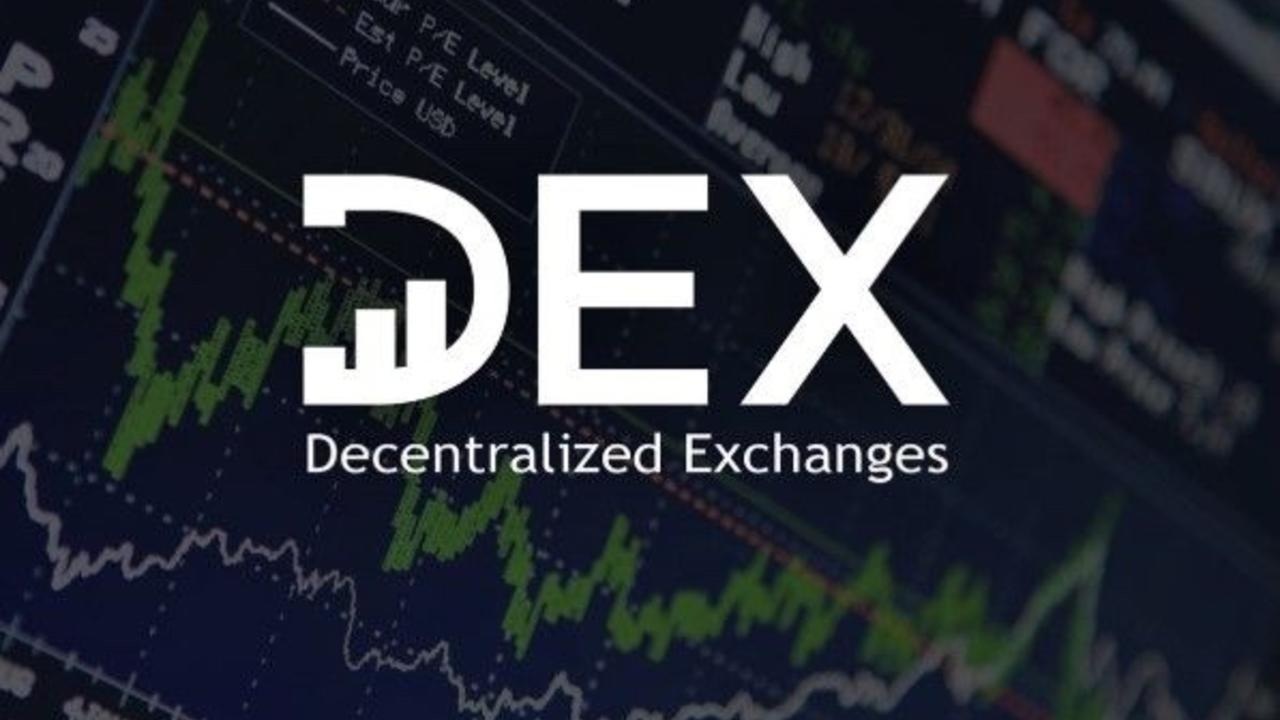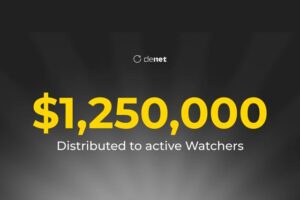Project X Unveils HyperEVM Points System for User Rewards and Growth

Project X Unveils Points System on HyperEVM to Boost User Engagement and Ecosystem Growth
Introduction to Project X’s Innovative Points System
Project X, a decentralized exchange (DEX) operating within the HyperEVM ecosystem, has introduced a new points system aimed at enhancing user engagement and fostering ecosystem development. This initiative rewards users for various activities, including trading, liquidity provision, and referrals, with a daily distribution of one million points. These points may serve as credentials for future token airdrops or other ecosystem advantages, although the specific rules regarding these airdrops have yet to be disclosed.
- Introduction to Project X’s Innovative Points System
- Earning Points: How Users Can Participate
- Early Success and Community Engagement
- Speculative Incentives and User Expectations
- Referral System and Market Presence
- Community Trust and Governance Challenges
- Addressing Perceptions of Fairness
- Early Adoption and Future Competition
- Balancing Speculation with Fundamental Value
- Strategic Partnerships and Future Growth
- Conclusion: Navigating Challenges for Sustainable Growth
Earning Points: How Users Can Participate
Users can accumulate points by depositing assets into liquidity pools, such as the kHYPE pool, engaging in trading activities on the DEX, or inviting new users to join the platform. The updated user interface allows participants to track their point accumulation in real time. Developed by the team behind the successful Pacmoon project on the Blast chain, Project X is entirely self-funded, emphasizing a community-driven approach. However, this model raises concerns regarding financial stability during challenging market conditions.
Early Success and Community Engagement
Within just three days of its launch, Project X achieved a total value locked (TVL) exceeding $40 million, indicating strong initial user adoption. The points system is designed to stimulate user activity through trading, liquidity contributions, and referrals, effectively gamifying the experience. By rewarding participation, Project X aims to cultivate a vibrant community, potentially increasing the overall adoption of HyperEVM.
Speculative Incentives and User Expectations
The points system introduces a speculative element, attracting users interested in potential future token rewards. However, the lack of clarity regarding airdrop rules, such as the point-to-token conversion rates, may lead to short-term spikes in engagement while risking user dissatisfaction if expectations are not met. Encouraging deposits into liquidity pools enhances the DEX’s liquidity, which in turn minimizes slippage and boosts trading efficiency, solidifying Hyperliquid’s competitive stance within the expanding HyperEVM ecosystem.
Referral System and Market Presence
The referral program is expected to accelerate user acquisition, creating network effects that strengthen Project X’s market position. However, the reliance on speculative points could lead to fluctuating participation levels, as users might withdraw if the rewards do not meet their expectations. As a self-funded initiative by the Pacmoon team, Project X operates without external financial dependencies, but this could pose risks in terms of scalability and resilience during market downturns, potentially limiting long-term growth compared to venture-backed competitors.
Community Trust and Governance Challenges
The focus on community involvement aligns with the decentralized finance (DeFi) ethos, fostering trust and loyalty among users. Nevertheless, the absence of clear governance structures may lead to inefficiencies or misalignments between user expectations and project execution. Wealthier users, or “whales,” may dominate point accumulation by making larger deposits or executing higher trading volumes, which could marginalize retail users with smaller portfolios.
Addressing Perceptions of Fairness
This dynamic could create a sense of unfairness, potentially discouraging smaller users and concentrating rewards among a select few. If not addressed—perhaps through tiered or capped rewards—this could alienate the broader community and undermine Project X’s community-driven philosophy. Implementing scaling mechanisms, such as diminishing returns for larger deposits, could help level the playing field.
Early Adoption and Future Competition
Early participants stand to benefit from accumulating points before the system becomes saturated or airdrop rules are clarified. Latecomers may encounter heightened competition or diluted rewards, particularly if the point pool or airdrop allocations are fixed. The advantages for early adopters could generate initial excitement but may deter sustained participation if later entrants perceive fewer opportunities. Clear communication regarding the longevity of points and timelines for airdrops is essential for maintaining user trust.
Balancing Speculation with Fundamental Value
Transparent schedules for airdrops or periodic resets of points could help balance incentives over time. Project X’s points system distinguishes it from other DEXs, potentially attracting users away from established platforms like Uniswap or SushiSwap. However, competitors with established tokens or clearer reward structures may retain their loyal user base. The points system offers Project X a competitive advantage in user acquisition, but its success will depend on delivering tangible rewards, such as airdrops.
Strategic Partnerships and Future Growth
Failure to compete effectively with established DEXs in terms of liquidity or user base could limit Project X’s market share. Forming strategic partnerships or pursuing cross-chain integrations could enhance its appeal beyond the HyperEVM ecosystem. The speculative nature of the points system, tied to potential airdrops, contrasts with the need for fundamental value creation, such as protocol utility and transaction fees. Users focused solely on points may prioritize short-term gains over long-term contributions to the ecosystem.
Conclusion: Navigating Challenges for Sustainable Growth
Overemphasizing speculative rewards risks creating a bubble, leading to a decline in user activity following airdrops. Sustainable growth necessitates a balance between points and intrinsic protocol benefits, such as low fees or unique features. Project X could enhance the utility of points by incorporating governance rights or fee discounts, aligning speculative incentives with fundamental value.
Ultimately, Project X’s success will hinge on its ability to manage these challenges through transparent communication, equitable reward structures, and robust protocol fundamentals. Its self-funded model and integration with HyperEVM position it favorably, but navigating these complexities will be crucial for sustaining its impressive $40 million TVL milestone and competing effectively in the crowded DEX landscape.







